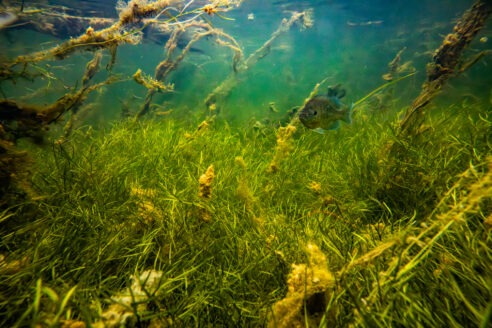Press Center
Learn about the Bay Program's latest progress in our science and restoration efforts.
Recent Press Releases
Chesapeake Executive Council Approves Revised Watershed Agreement, Ushering in the Next Era of Bay Restoration
December 2, 2025Partnership tasked with recommending how to best include Indigenous tribes and knowledge moving forward; Pennsylvania Gov. Josh Shapiro elected chair
Read story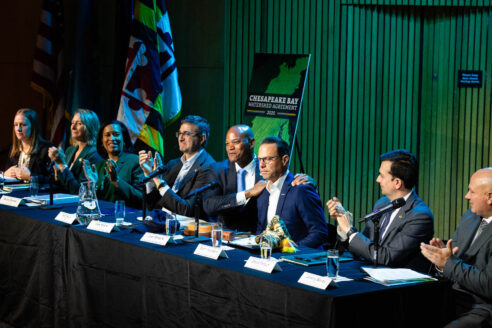
Removing stream blockages opens 303 miles for fish passage in 2022-2023
October 15, 2025The collaboration of Chesapeake Bay Program partners helps migratory fish reach their spawning grounds
Read story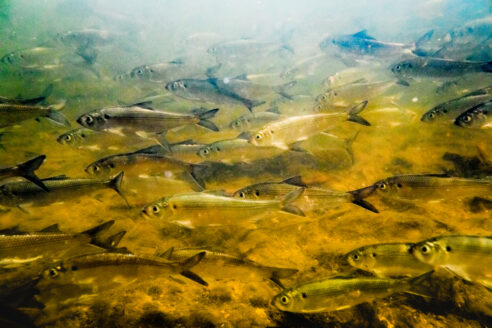
Historic number of trees planted in Bay watershed communities in 2024
September 9, 2025Despite increase, overall tree canopy declines across the Chesapeake region
Read story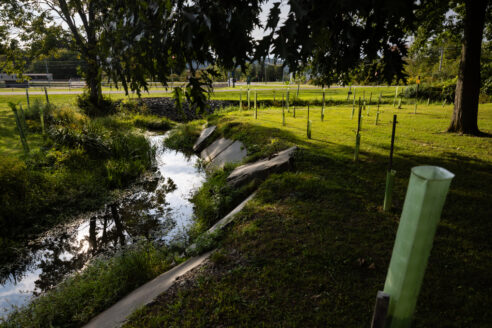
Chesapeake Bay Water Quality Shows Mixed Results
September 3, 2025Monitoring shows lower amounts of nitrogen, phosphorus and sediment entering Bay; overall water quality remains steady
Read story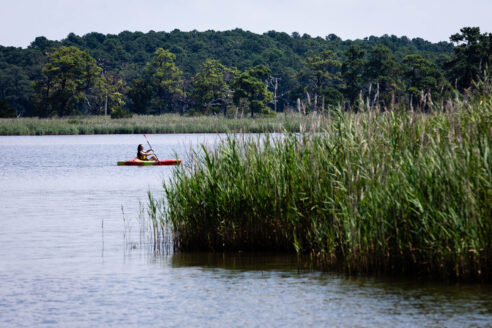
Underwater grass skyrockets in parts of the Chesapeake Bay, decreases in others
August 5, 2025One percent overall drop in underwater grass acreage Bay-wide
Read story